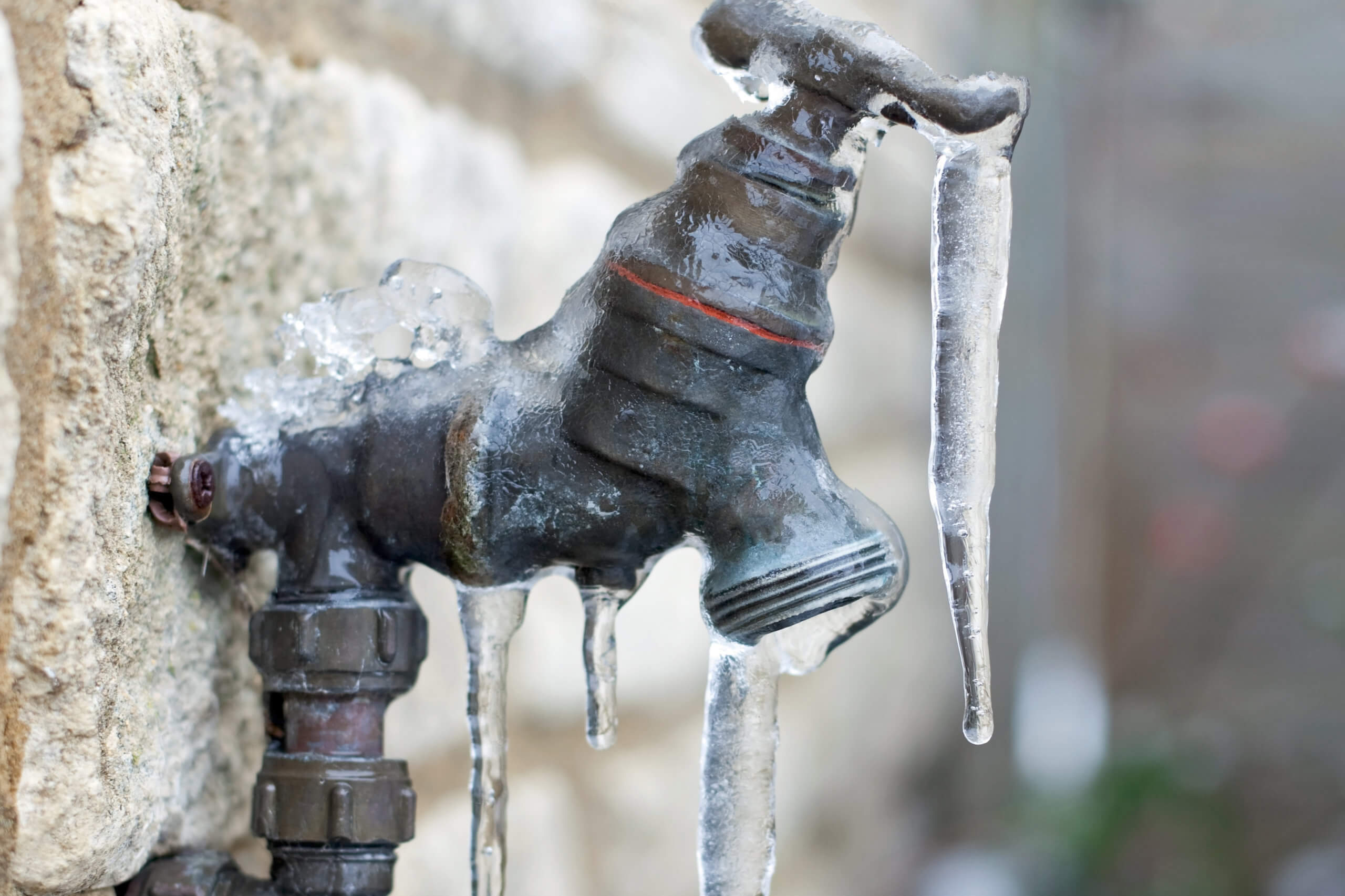Ways to Prevent Frozen Pipes in Winter: Pro Advice
Ways to Prevent Frozen Pipes in Winter: Pro Advice
Blog Article
This great article directly below relating to Helpful Tips to Prevent Frozen Pipes this Winter is especially enjoyable. Don't miss it.

Winter can damage your pipes, especially by freezing pipelines. Below's exactly how to stop it from taking place and what to do if it does.
Introduction
As temperatures drop, the risk of icy pipes boosts, possibly leading to costly repair services and water damages. Understanding how to prevent frozen pipelines is critical for house owners in cold climates.
Avoidance Tips
Shielding prone pipelines
Cover pipes in insulation sleeves or use warmth tape to secure them from freezing temperature levels. Focus on pipes in unheated or exterior locations of the home.
Home heating methods
Maintain indoor spaces sufficiently warmed, especially locations with pipes. Open closet doors to allow warm air to distribute around pipelines under sinks.
Just how to identify frozen pipelines
Seek decreased water circulation from faucets, uncommon smells or sounds from pipes, and noticeable frost on revealed pipes.
Long-Term Solutions
Structural adjustments
Consider rerouting pipelines far from exterior walls or unheated locations. Add extra insulation to attics, basements, and crawl spaces.
Upgrading insulation
Invest in top notch insulation for pipelines, attic rooms, and walls. Appropriate insulation helps keep consistent temperatures and lowers the danger of icy pipes.
Protecting Outside Plumbing
Yard hose pipes and outdoor taps
Detach and drain pipes yard pipes before wintertime. Set up frost-proof faucets or cover outdoor taps with protected caps.
Recognizing Icy Pipelines
What triggers pipelines to ice up?
Pipelines freeze when subjected to temperature levels listed below 32 ° F (0 ° C) for prolonged periods. As water inside the pipes freezes, it increases, putting pressure on the pipe walls and possibly triggering them to burst.
Dangers and problems
Icy pipes can lead to supply of water disruptions, building damages, and expensive repairs. Burst pipelines can flood homes and create substantial structural damage.
Indications of Frozen Pipes
Recognizing frozen pipelines early can avoid them from breaking.
What to Do If Your Pipes Freeze
Immediate activities to take
If you believe icy pipes, keep faucets open up to eliminate pressure as the ice melts. Make use of a hairdryer or towels taken in warm water to thaw pipelines gradually.
Verdict
Protecting against frozen pipes needs aggressive measures and fast actions. By comprehending the reasons, signs, and safety nets, house owners can shield their plumbing throughout winter.
5 Ways to Prevent Frozen Pipes
Drain Outdoor Faucets and Disconnect Hoses
First, close the shut-off valve that controls the flow of water in the pipe to your outdoor faucet. Then, head outside to disconnect and drain your hose and open the outdoor faucet to allow the water to completely drain out of the line. Turn off the faucet when done. Finally, head back to the shut-off valve and drain the remaining water inside the pipe into a bucket or container. Additionally, if you have a home irrigation system, you should consider hiring an expert to clear the system of water each year.
Insulate Pipes
One of the best and most cost-effective methods for preventing frozen water pipes is to wrap your pipes with insulation. This is especially important for areas in your home that aren’t exposed to heat, such as an attic. We suggest using foam sleeves, which can typically be found at your local hardware store.
Keep Heat Running at 65
Your pipes are located inside your walls, and the temperature there is much colder than the rest of the house. To prevent your pipes from freezing, The Insurance Information Institute suggests that you keep your home heated to at least 65 degrees, even when traveling. You may want to invest in smart devices that can keep an eye on the temperature in your home while you’re away.
Leave Water Dripping
Moving water — even a small trickle — can prevent ice from forming inside your pipes. When freezing temps are imminent, start a drip of water from all faucets that serve exposed pipes. Leaving a few faucets running will also help relieve pressure inside the pipes and help prevent a rupture if the water inside freezes.
Open Cupboard Doors
Warm your kitchen and bathroom pipes by opening cupboards and vanities. You should also leave your interior doors ajar to help warm air circulate evenly throughout your home.

We are very excited about Helpful Tips to Prevent Frozen Pipes this Winter and I'm hoping you enjoyed the entire piece. If you please take the time to share this page if you liked it. Thanks so much for taking the time to read it.
Booking Page Report this page